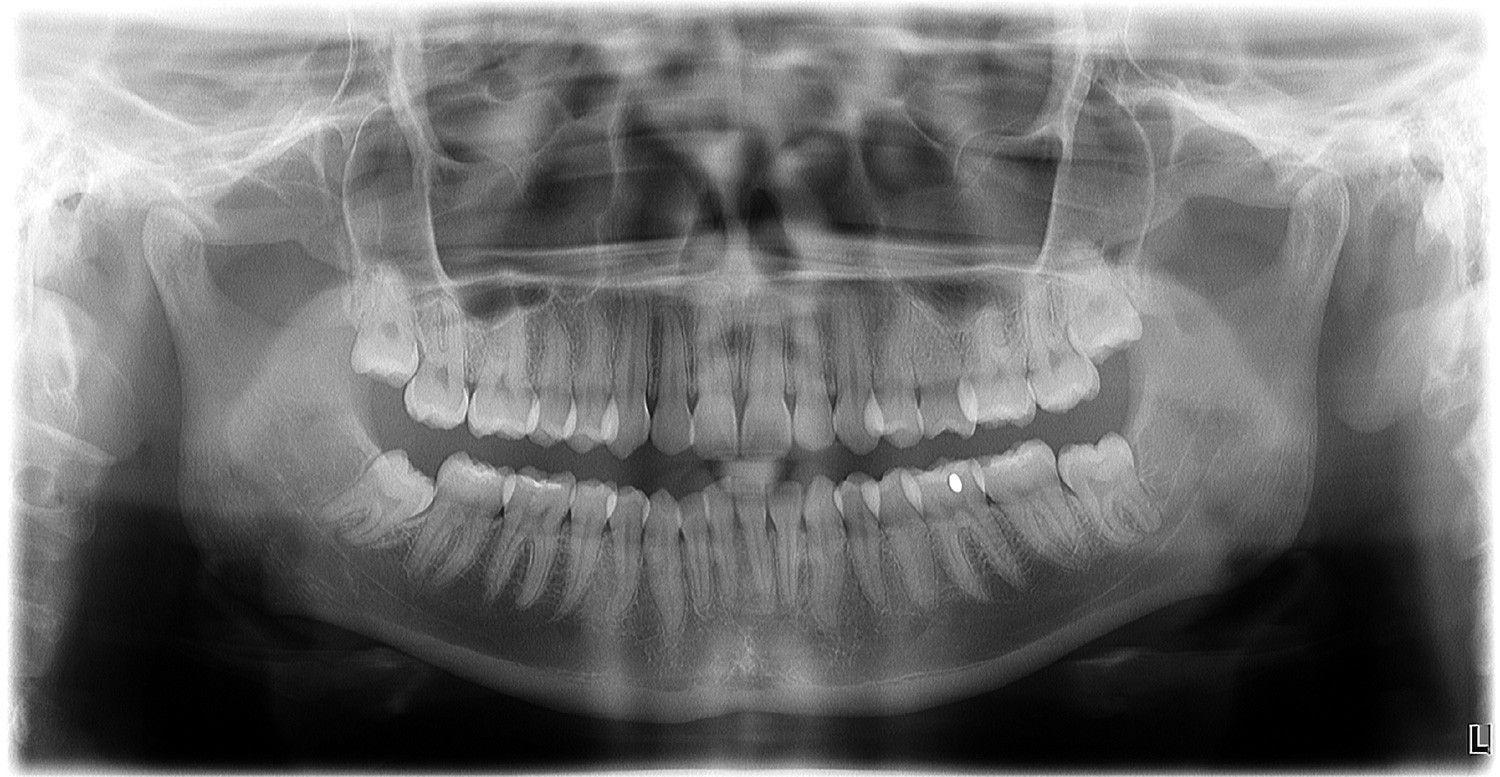
X-Rays have saved and improved millions of lives, but it is important to understand the dangers of excessive radiation. At McCall Family Dentistry, we used digital X-Rays. These produce sharp, clear images that Dr. Ryan can instantly view. These improve our diagnostic ability and allows for a quicker, more comfortable experience for our patients.
We encounter many doses of radiation naturally. In fact, background radiation from the earth, sun and cosmos are responsible for the majority of radiation or bodies absorb. The remainder is caused by man-made sources such as air travel, digital X-Rays, nuclear energy, and consumer products. In fact, humans and animals are slight radioactive. For example, the act of sharing a bed with your spouse exposes you to 20 microsieverts (see definition below) a year, which is a harmless amount.
Radiation is measured in Sv (Sieverts). One Sievert is the approximate dose to cause acute radiation sickness. In terms of dental X-Rays, we measure radiation in microsieverts, which is one-millionth of a Sievert. Radiation from traditional bite-wing X-Rays is about 1/100th of the amount of radiation obtained from natural sources in the U.S. each year. Digital X-Rays produce 90% less radiation compared to traditional X-Rays. They reduce radiation five-fold, and, the dose from a single digital X-Ray can be as low as the radiation you get naturally from eating 10 bananas.
Comparative Doses in Microsieverts
Traditional X-Rays
Single X-Rays: 5
Full Series: 100
Panoramic: 80
Digital X-Rays
Single X-Rays: 1
Full Series: 20
Panoramic: 15
As you can see, digital radiographs are very safe, but at McCall Family Dentistry, we still limit our patients’ exposure to radiation. We only take X-Rays that are medically and dentally necessary. When we do so, we use a lead apron shields to protect the body. If you are a new patient, we may recommend X-Rays to determine the present status of the hidden areas of your mouth and help to analyze changes that may occur later. Scheduling X-Rays at subsequent visits varies according to age, risk for disease and signs and/or symptoms. X-Rays may also be needed to detect new cavities, or to determine the status of gum disease, or for evaluation of growth and development.
